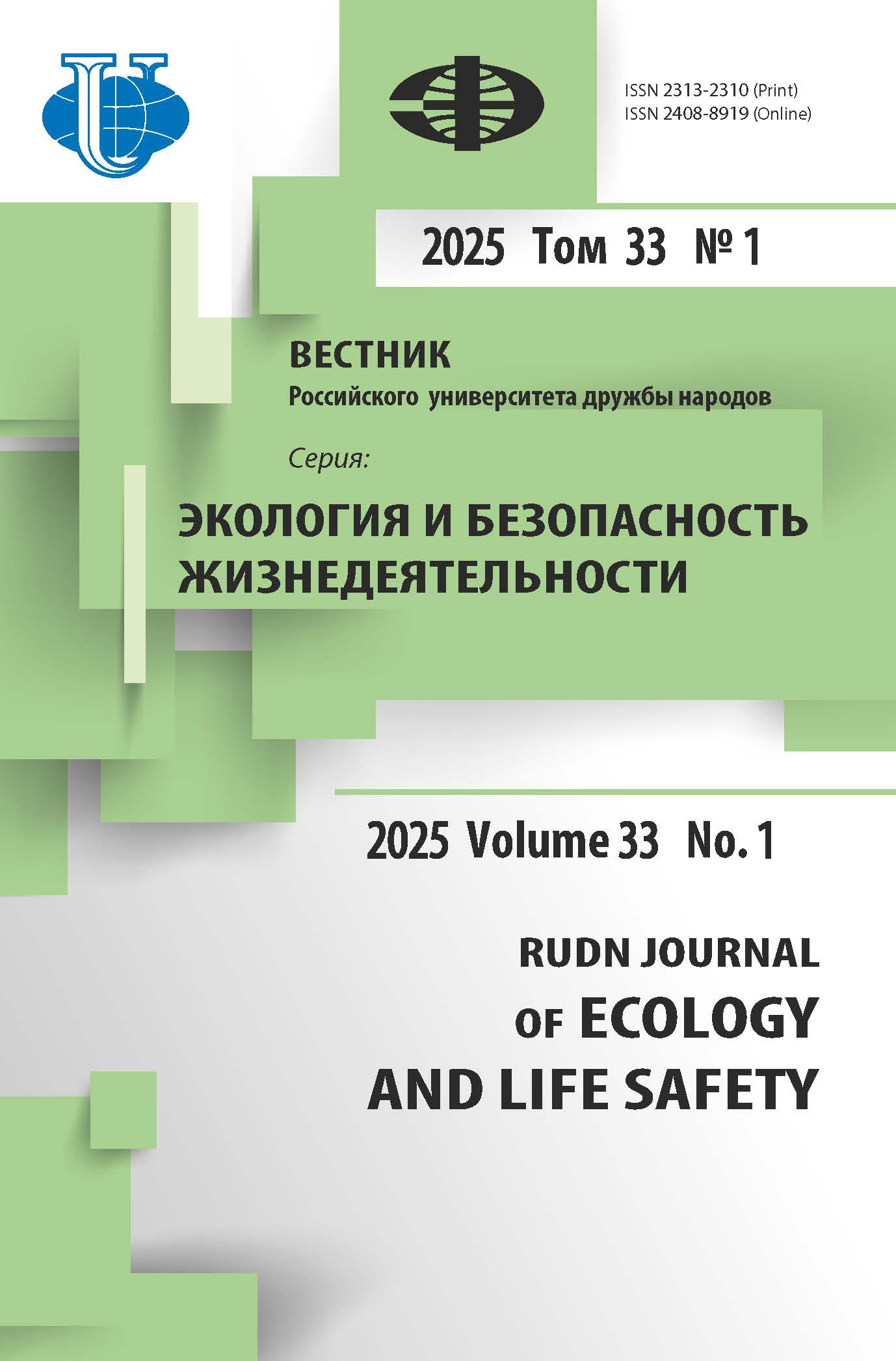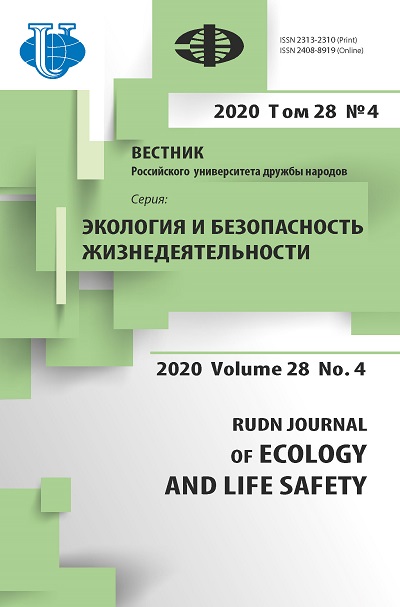Assessment of radon-222 radiation activity in the design of residential buildings
- Authors: Sauts A.V.1, Sauts V.N.2
-
Affiliations:
- Saint Petersburg University of Management Technologies and Economics
- Military Institute (Engineering and Technical) of the Military Academy of Мaterial Logistics named after General of the Army A.V. Khrulev
- Issue: Vol 28, No 4 (2020)
- Pages: 361-369
- Section: Life Safety
- URL: https://journals.rudn.ru/ecology/article/view/27350
- DOI: https://doi.org/10.22363/2313-2310-2020-28-4-361-369
Cite item
















